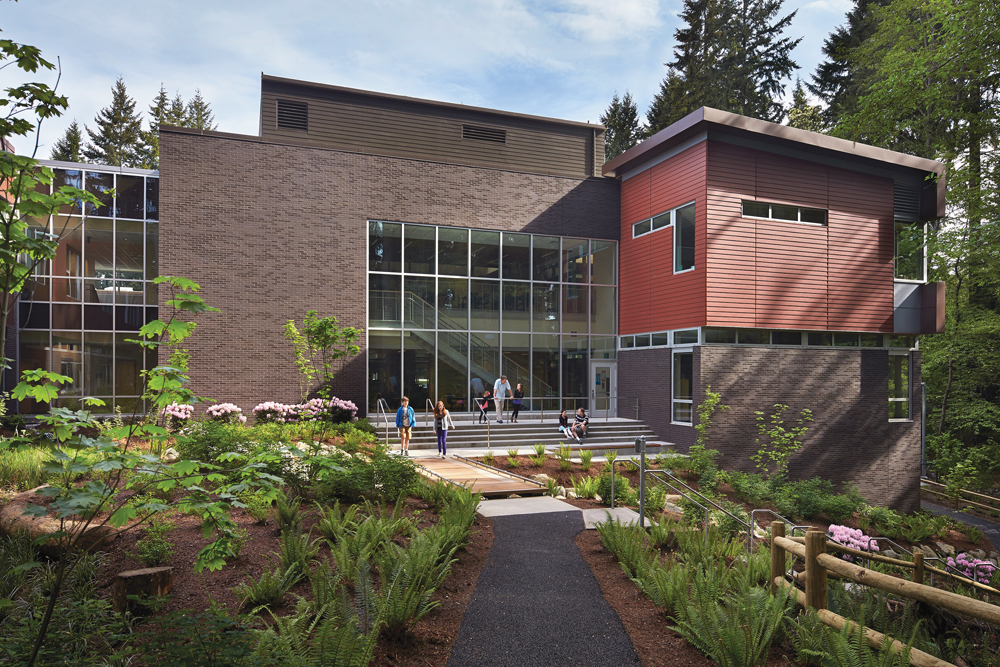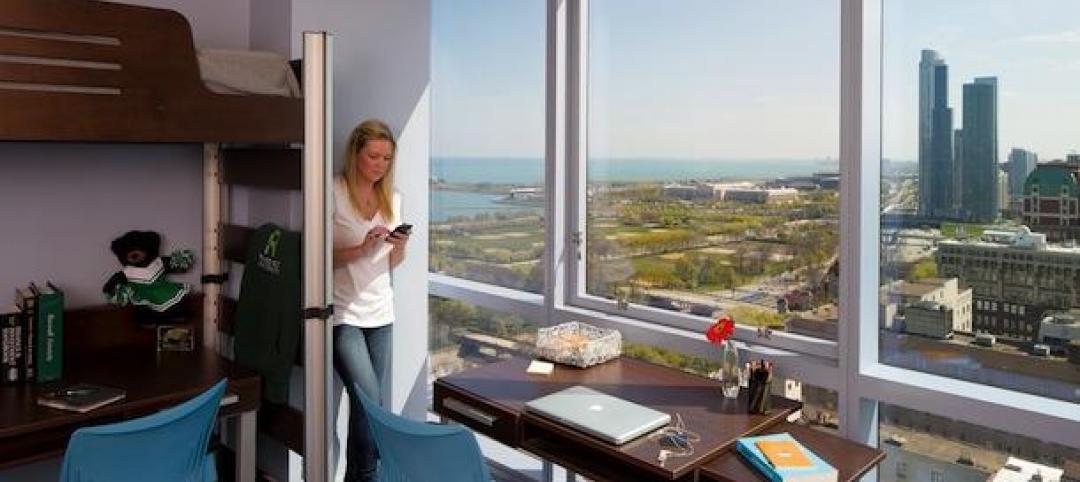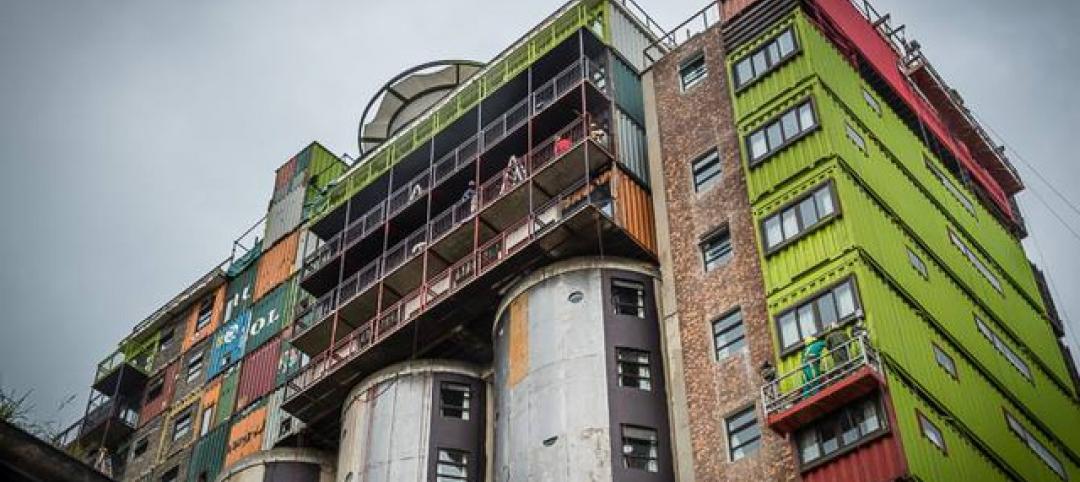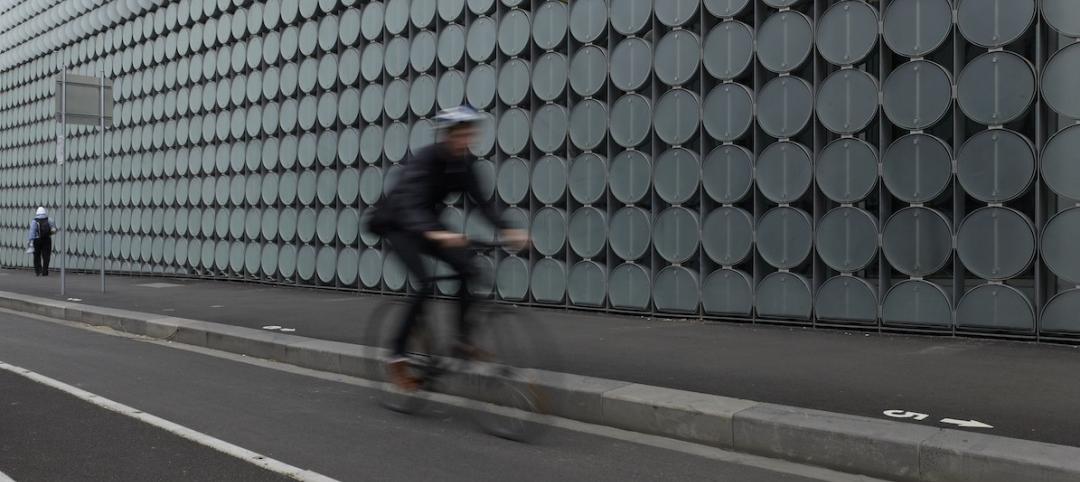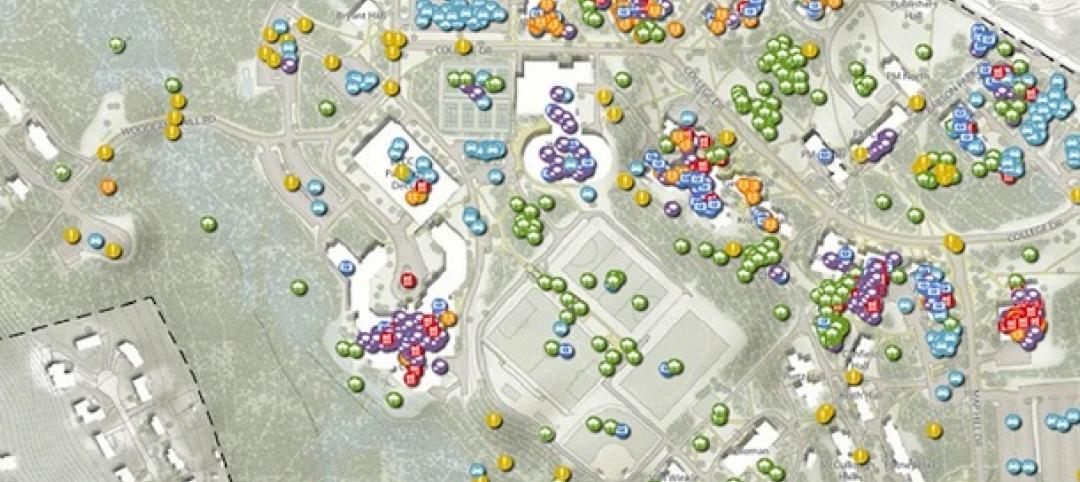Since last December 14, safety has become the paramount concern of every school official and school board member in this country. December 14, 2012, was the date on which 20-year-old Adam Lanza shot and killed 20 children and six adult staff members at Sandy Hook Elementary School, in Newtown, Conn. It was the second deadliest mass shooting by a single person in U.S. history, after the Virginia Tech tragedy of 2007.
Sandy Hook galvanized school officials, parents, public officials, and police departments, as they scrambled to figure out how to prevent a similar incident in their communities. Many asked: Could better design and construction of schools—preschool, elementary, and secondary—prevent or at least mitigate the casualty rate at another Sandy Hook? And could this be done not only for schools to be built in the future, where Building Teams would be working from a blank slate, but for the tens of thousands of extant schools from Maine to Hawaii, where physical conditions are often literally set in stone?
TOP K-12 SCHOOL SECTOR ARCHITECTURE FIRMS
2012 K-12 Revenue ($)1 DLR Group $38,250,0002 SHW Group $32,328,8433 PBK $31,760,0004 IBI Group $27,977,8605 HMC Architects $25,407,1646 Stantec $21,586,2097 Fanning/Howey Associates $20,247,0008 Perkins+Will $19,938,2119 Heery International $16,561,30310 LPA $14,438,017
TOP K-12 SCHOOL SECTOR ENGINEERING FIRMS
2012 K-12 Revenue ($)1 AECOM Technology Corp. $100,150,0002 URS Corp. $55,927,7783 STV $45,937,0004 Jacobs Engineering Group $36,550,0005 Parsons Brinckerhoff $19,100,0006 TTG $9,985,3007 Shive-Hattery $7,379,4258 BRPH $4,900,0009 KCI Technologies $4,200,00010 Dewberry $3,852,971
TOP K-12 SCHOOL SECTOR CONSTRUCTION FIRMS
2012 K-12 Revenue ($)1 Gilbane $947,077,0002 Balfour Beatty $483,944,4763 Turner Corporation, The $357,910,0004 CORE Construction Group $284,198,3755 Skanska USA $273,418,3516 McCarthy Holdings $260,000,0007 Kraus-Anderson Construction $211,000,0008 JE Dunn Construction $169,860,4369 Consigli Construction $148,883,46810 Barton Malow $139,236,049
These questions inspired a gathering of public officials, school designers and contractors, safety experts, and facility directors convened last February in Washington, D.C., by the Council of Educational Facilities Planners International. The daylong CEFPI Security Summit provided a framework in which to consider what school districts can do to provide a safer environment for children, teachers, and administrative staff. Following are the recommendations of immediate interest to the design and construction community.
Infrastructure needs beefing up, says CEFPI report
Emergency preparedness and response must be woven into the very fabric of school life, according to the CEFPI Security Summit report. The report recommends creating “concentric circles of protection” through the following means:
- Providing the ability to lock students behind doors to protect them from aggression (door hardware companies report that they cannot keep up with demand for lock systems since Sandy Hook)
- Shielding students from large windows
- Safeguarding children when they meet in large groups for meals and assemblies
- Installing high-security keying systems with control measures in place for master keys
- Securing children, teachers, and staff via secured vestibules and remote access to select exterior and interior doors (through keyless entry systems)
- Eliminating access to unauthorized persons by improving line-of-sight conditions and installing CCTV cameras
- Protecting entrances through the use of bollards and safeguarding the exterior and perimeter—including playgrounds, athletic fields, and parking lots—via upgraded lighting and camera monitoring
Mass notifiation high on school districts' agenda
The CEFPI report also recommends action on crisis communications, notably:
- Providing an effective public address system, with a backup power source
- Use of multiple communications devices, including mobile panic devices worn by key administrators
- Installation of security cameras and use of emergency radio channels
School districts are already acting. Plainfield District 202, the fourth-largest school district in Illinois, just ordered $180,000 worth of wireless alarm systems for its 30 schools.
As the fall term approaches, design and construction firms, as well as manufacturers of safety products and systems, will be called upon to safeguard the nation’s schoolchildren even more vigorously than in the past.
Read BD+C's full Giants 300 Report
Related Stories
| Feb 17, 2014
Call for Entries: 17th annual Building Team Awards - Deadline Extended!
BD+C's Building Team Awards is the industry's only recognition program to honor projects that achieve excellence in both design/construction and collaboration of the AEC/O team. The deadline has been extended to March 14, 2014.
| Feb 17, 2014
GBI to Offer AIA Approved Course Free for 60 Days to Train New Green Globes Professionals
The Green Building Initiative™ (GBI) announced today that between Feb. 13 and April 15 it will provide free access to its online certification course for Green Globes Professionals™ (GGPs). GGPs help guide building projects in achieving Green Globes® ratings, awarded for environmentally-focused design and construction.
| Feb 14, 2014
ASHRAE, Green Grid team up on energy-efficiency guide for data centers
Vendor-neutral publication examines aspects of the popular power usage effectiveness (PUE) metric.
| Feb 14, 2014
Scrap tires used to boost masonry blocks at Missouri University of S&T
Research could lead to blocks that use waste material and have seismic and insulating benefits.
| Feb 14, 2014
Giant interactive pinwheel adds fun to museum exterior
The proposed design for the Santa Cruz Museum of Art and History features a 10-foot pinwheel that can be activated by passersby.
| Feb 14, 2014
First look: Kentucky's Rupp Arena to get re-clad as part of $310M makeover
Rupp Arena will get a 40-foot high glass façade and a new concourse, but will retain many of its iconic design elements.
| Feb 14, 2014
Must see: Developer stacks shipping containers atop grain silos to create student housing tower
Mill Junction will house up to 370 students and is supported by 50-year-old grain silos.
| Feb 14, 2014
The Technology Report 2014: Top tech tools and trends for AEC professionals
In this special five-part report, Building Design+Construction explores how Building Teams throughout the world are utilizing advanced robotics, 3D printers, drones, data-driven design, and breakthroughs in building information modeling to gain efficiencies and create better buildings.
| Feb 14, 2014
Crowdsourced Placemaking: How people will help shape architecture
The rise of mobile devices and social media, coupled with the use of advanced survey tools and interactive mapping apps, has created a powerful conduit through which Building Teams can capture real-time data on the public. For the first time, the masses can have a real say in how the built environment around them is formed—that is, if Building Teams are willing to listen.
| Feb 13, 2014
University officials sound off on net zero energy buildings
As part of its ongoing ZNE buildings research project, Sasaki Associates, in collaboration with Buro Happold, surveyed some 500 campus designers and representatives on the top challenges and opportunities for achieving net-zero energy performance on university and college campuses.


